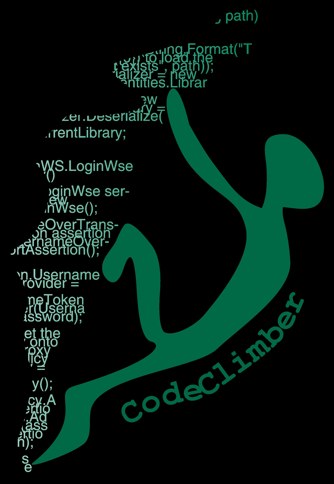Looking deeper into the raw data of the survey about Ajax adoption among .NET developers I found some interesting figures that show a probably different mindset you get when you start working with ASP.NET MVC.
Let’s see the following table, that show the percentage of developers that use jQuery vs the MS Ajax Stack based on which web UI framework they are using.
| MVC only | WebForms only | Both | |
| jQuery | 83% | 60% | 90% |
| ASP.NET Ajax | 13% | 46% | 13% |
| ACT | 11% | 65% | 16% |
Let me try to understand what a possible story behind that numbers might be:
John Developer, was working with WebForms, and was using mainly the Ajax Control Toolkit and sometimes ASP.NET Ajax. Then John read about ASP.NET MVC and started using it. He also discovered jQuery, and used it to write the Ajax part of his applications, also together with ASP.NET Ajax and the ACT. After a few happy month of ASP.NET MVC, he had to go back to WebForms development, but instead of sticking to ASP.NET Ajax and the ACT, he started using the new tools and concepts he discovered during the previous month. And that includes jQuery.
The interesting figure here is that developers that use both ASP.NET MVC and WebForms acquire a mindset that make them choose the better tool for each task, instead of sticking only to the same “hammer”. The use jQuery, but also use the Ajax Control Toolkit when it’s needed to. And I guess this not only applies to javascript frameworks, but also to the other concepts, patterns and principles.
And that is another point in favor to learning ASP.NET MVC if you haven’t already, and, if for some kind of imposition from someone higher in the management stair, you can’t use it in real project, apply the concept you learnt back to your webforms development.
What do you think? Am I drawing the correct conclusions from these figures?
